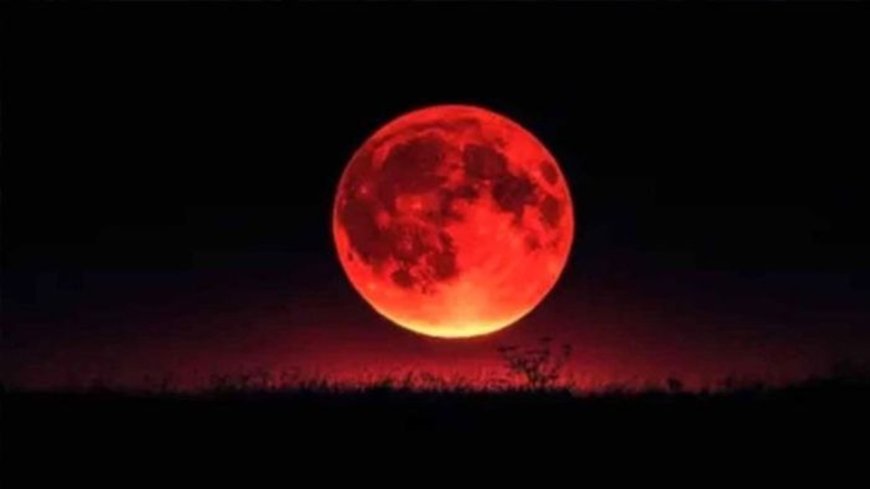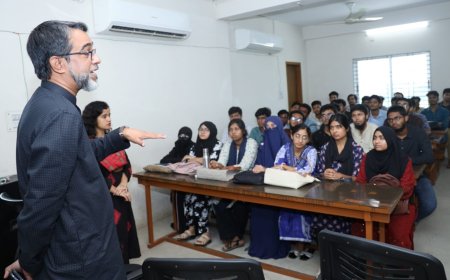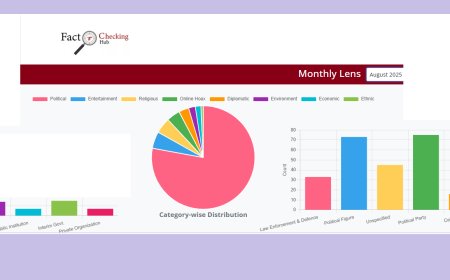Blood Moon Beckons Bangladesh

A total lunar eclipse will be visible in several parts of the world on September 7, though nearly 90 percent of North America, the Caribbean, and South America will miss the phenomenon.
If skies remain clear, enthusiasts in Bangladesh will also be able to witness this celestial event at midnight. With support from Kolabagan Krira Chakra, the Bangladesh Astronomical Association has arranged a lunar eclipse observation camp. The event will take place at the Kolabagan Krira Chakra ground, adjacent to Kolabagan bus stand in Dhanmondi, from 9:28 pm on Sunday until 2:30 am on Monday.
According to a press release issued by the Inter-Services Public Relations (ISPR) on September 6, “If the sky remains cloud-free, this lunar eclipse will also be visible from Bangladesh.” The eclipse is set to begin on Sunday night, September 7, and continue until the early hours of September 8, lasting for a total of seven hours and 27 minutes. In Bangladesh Standard Time, the eclipse will commence at 9:28 pm.
Scientists stated that in Dhaka local time, the penumbral phase of the eclipse will begin at 9:28:25 pm, gradually dimming the moon. The partial eclipse will start at 10:27:09 pm, after which the moon will steadily turn reddish. At around 12:11 am, the moon will appear at its deepest red hue from Bangladesh. The total eclipse will end at 12:52:51 am, with the partial eclipse concluding at 1:56:31 am, and the penumbral phase closing at 2:55:08 am.
Although solar eclipses block the sun’s visibility, the case is different for lunar eclipses. Instead of vanishing, the moon appears faint and during totality turns into a deep crimson. The reason lies in the fact that the moon has no light of its own—it only reflects sunlight. When the Earth moves between the sun and the moon, the Earth’s shadow falls upon the lunar surface, producing the eclipse. At the height of totality, the moon glows a dark red, a phenomenon often referred to as the “Blood Moon.”
The total eclipse will be fully visible from regions stretching east from Hila Island in Indonesia to west at Mombasa Port in Kenya, with partial visibility slightly beyond these boundaries.
Astronomers note that when the sun, Earth, and moon align in a straight line, the Earth’s shadow falls on the moon, causing an eclipse. Whether it appears as a total or partial eclipse depends on their angular distance during alignment.









































































































































































































